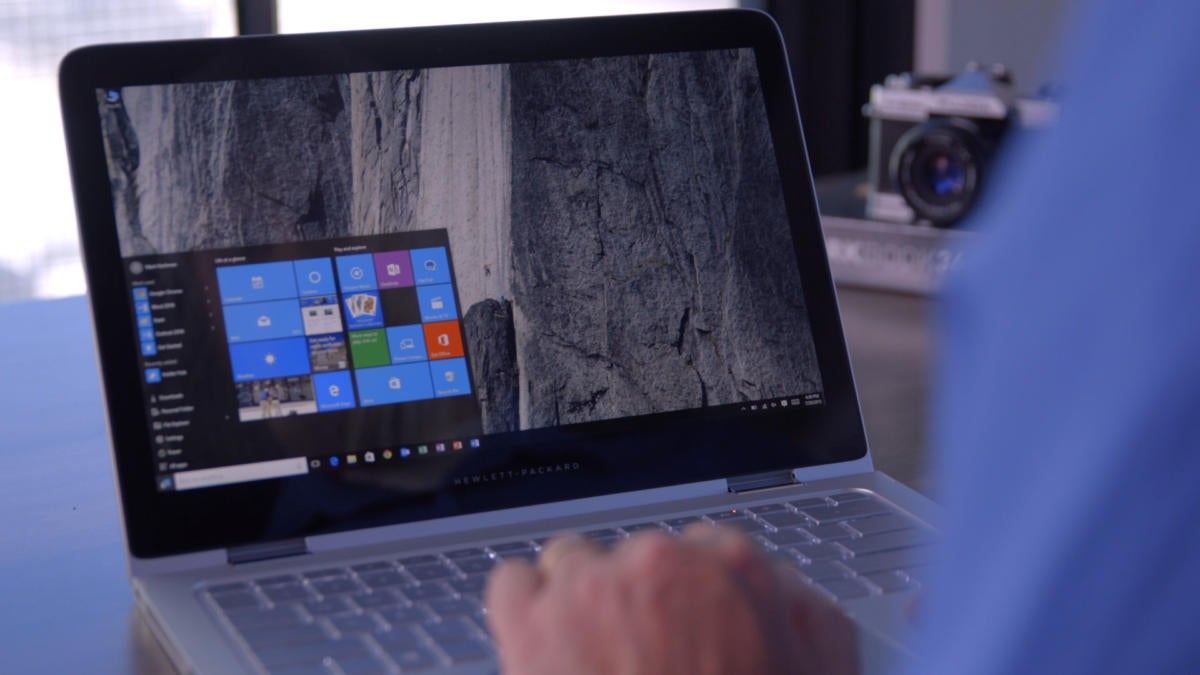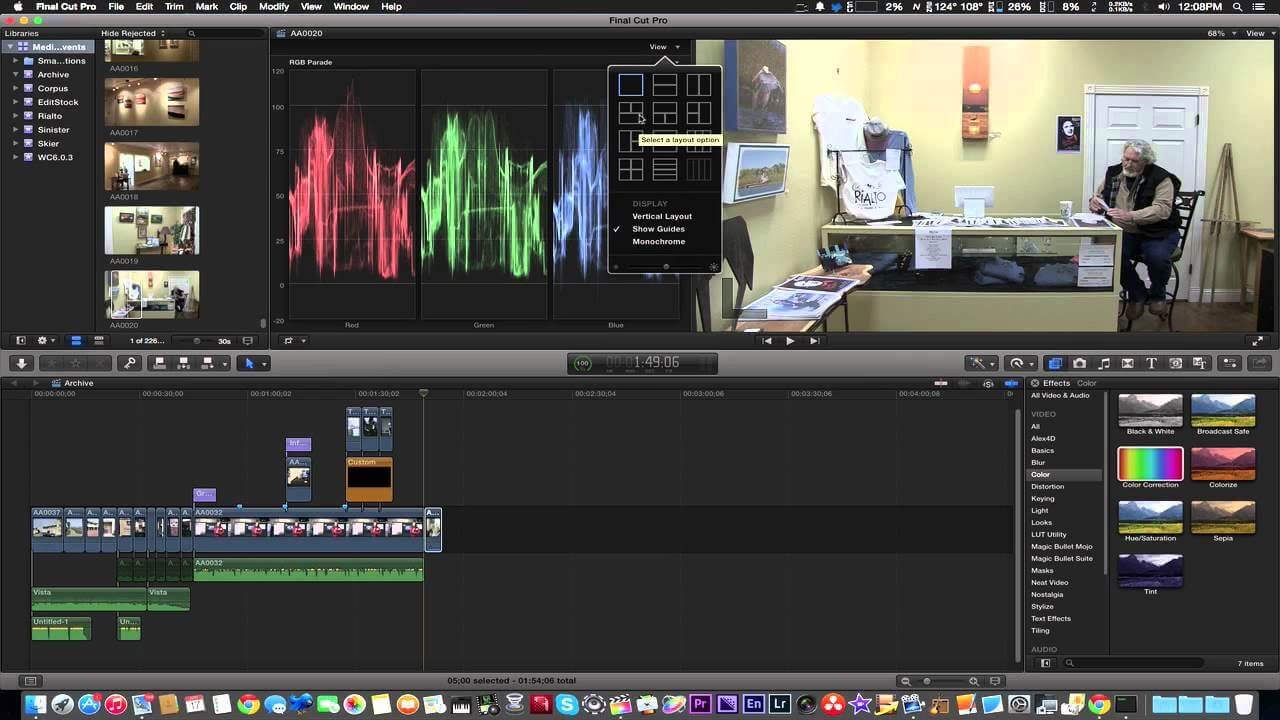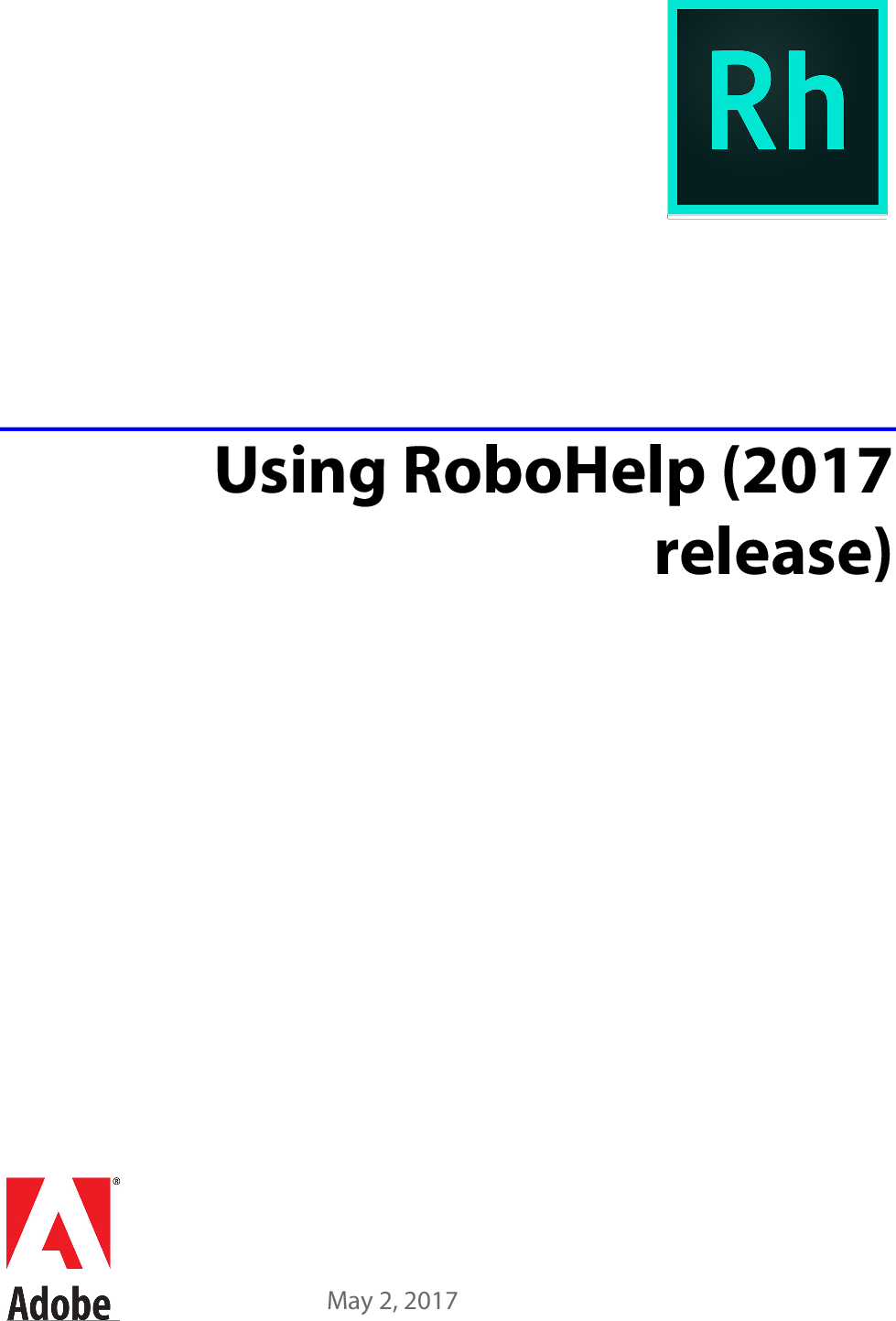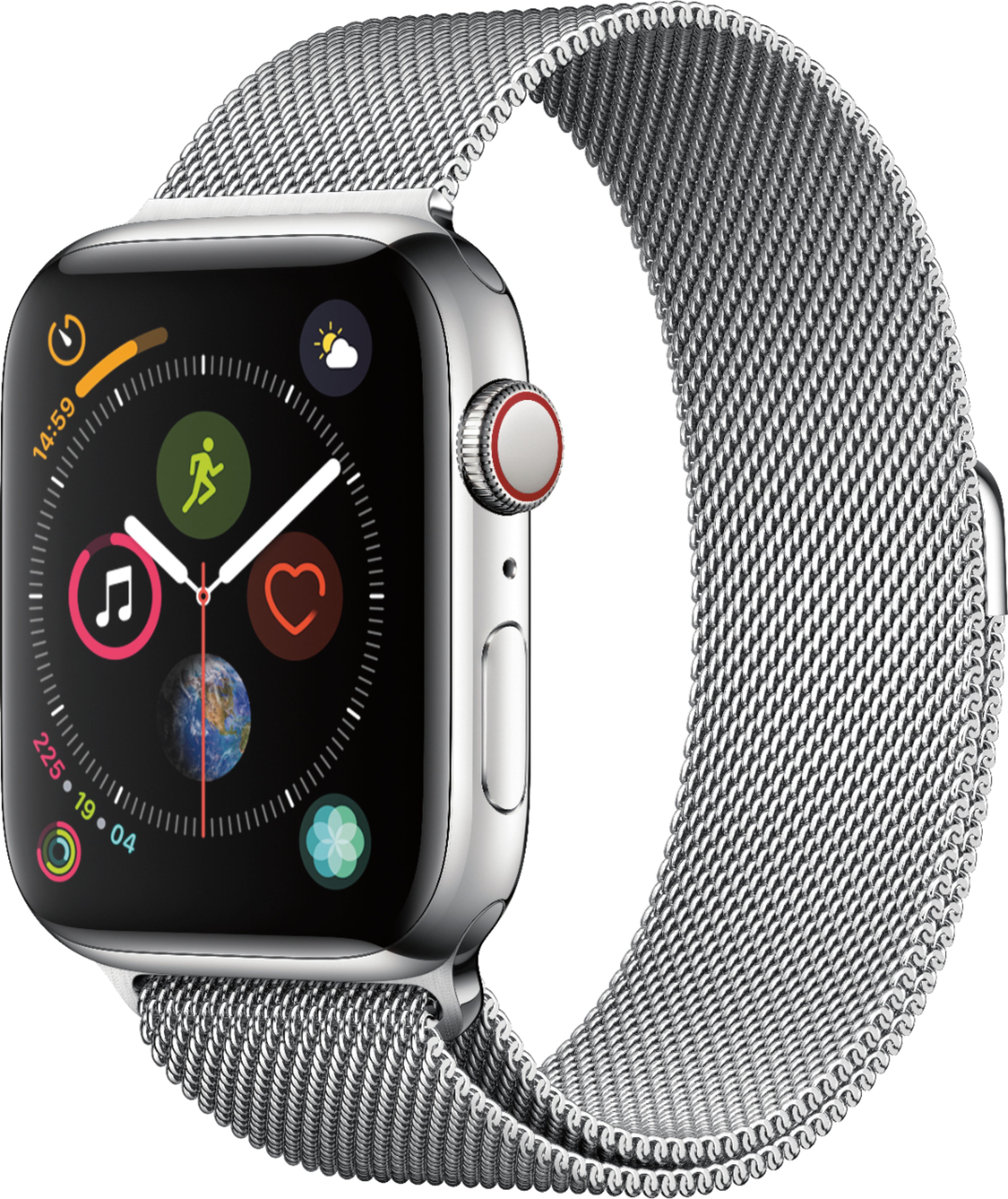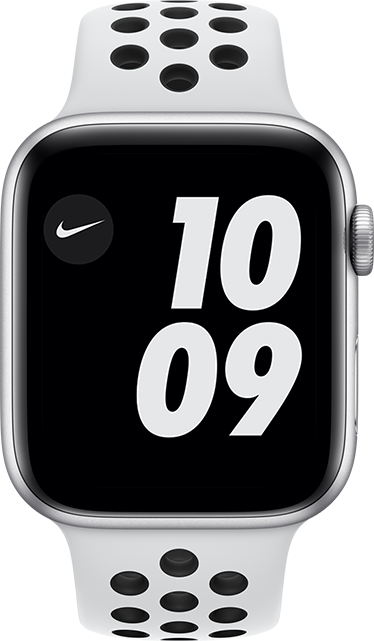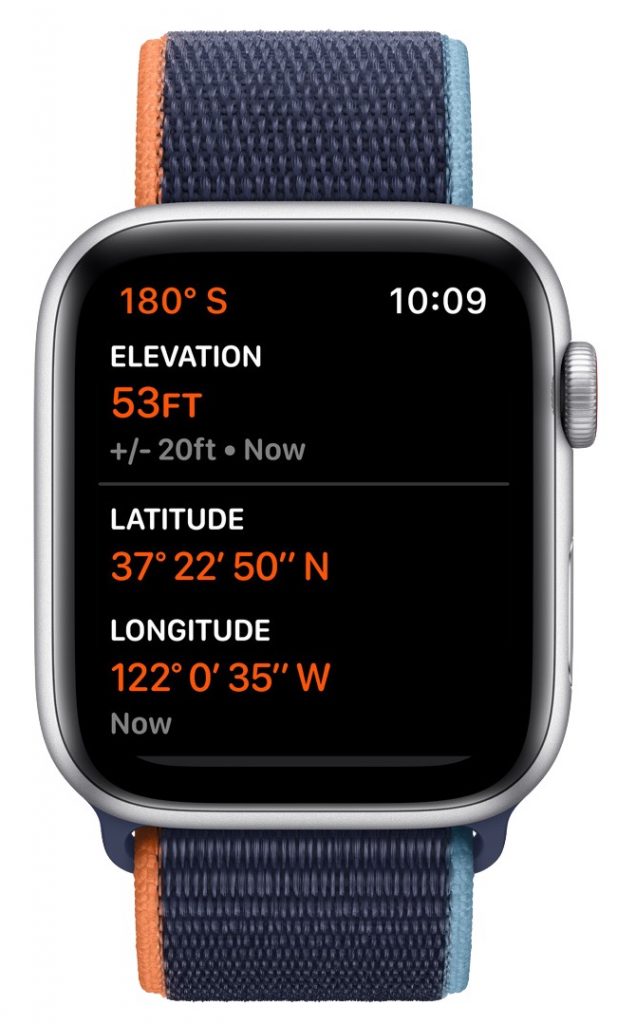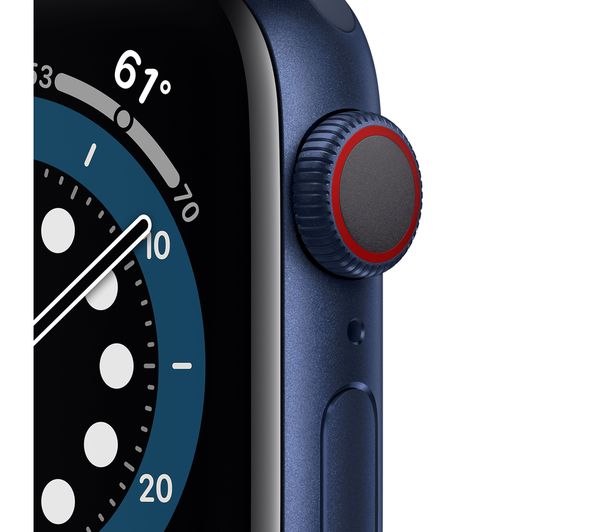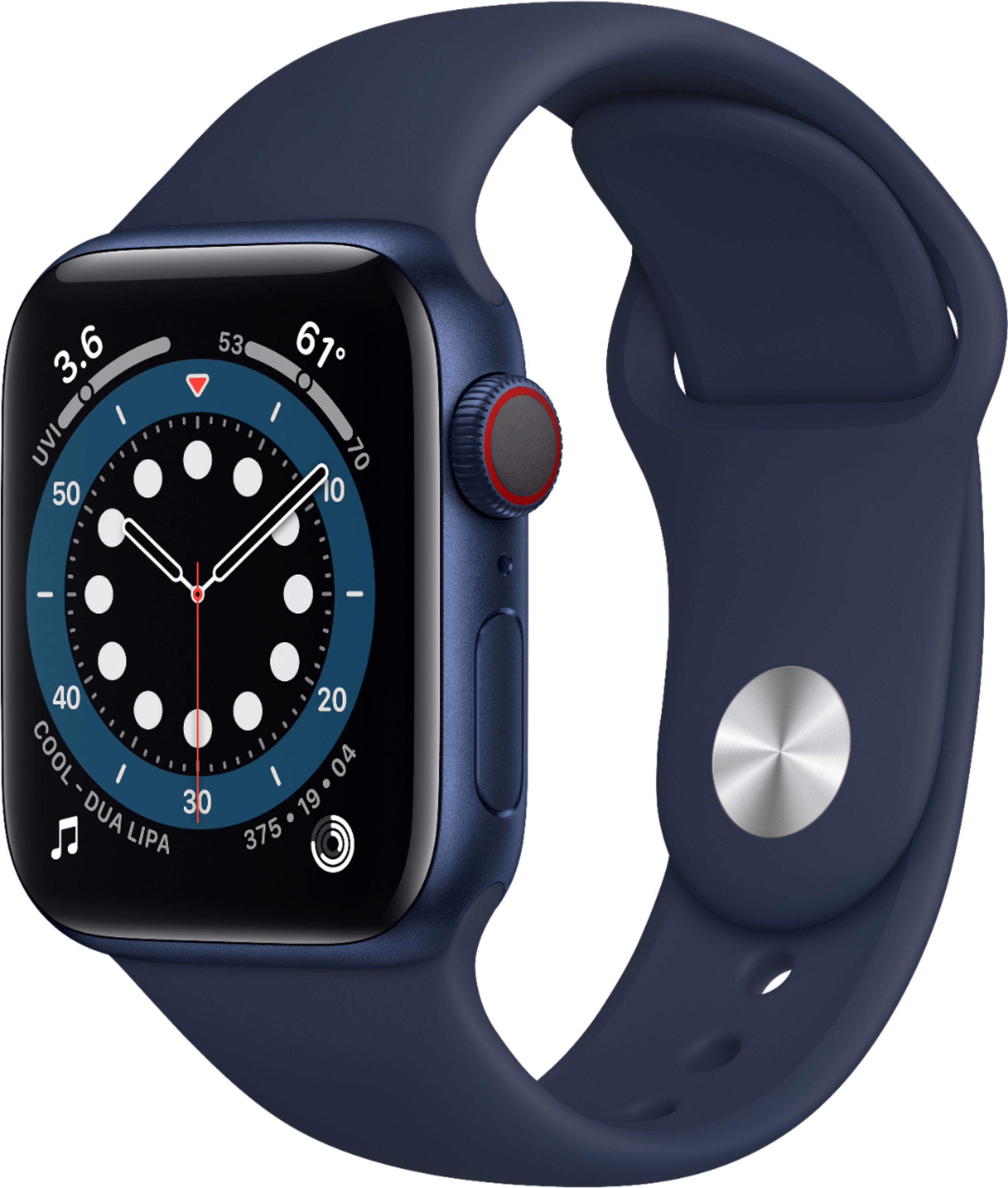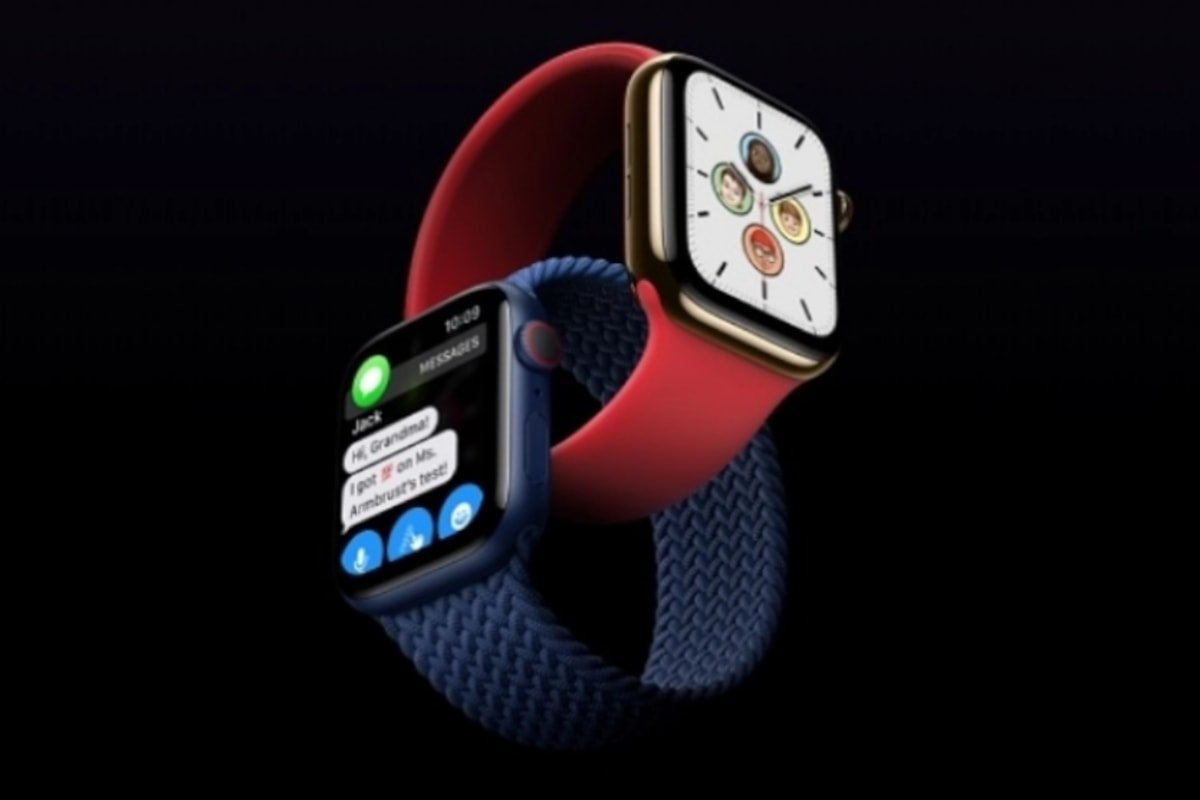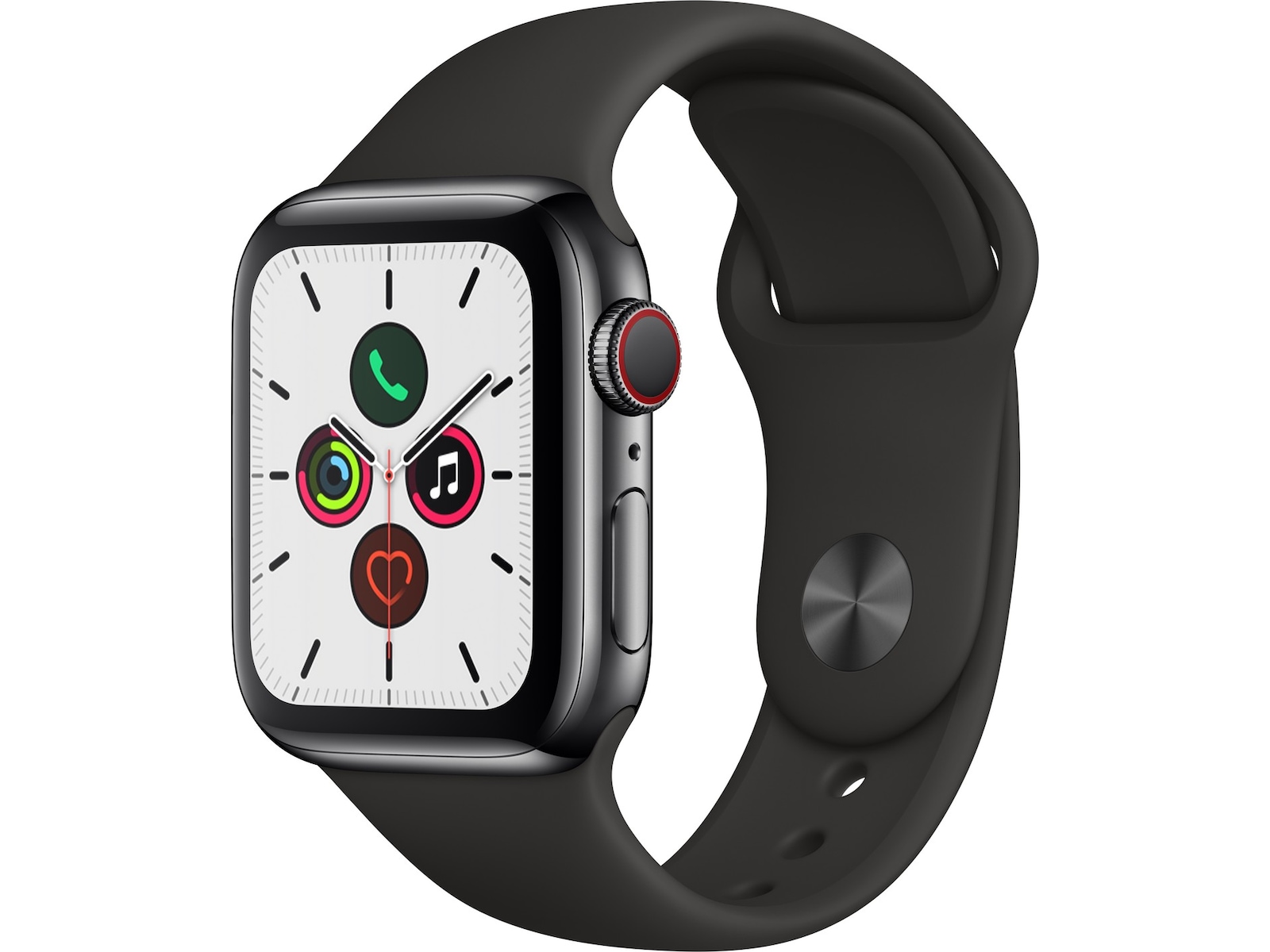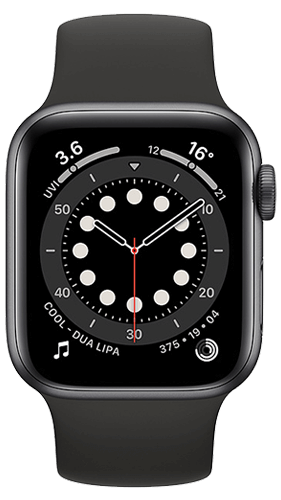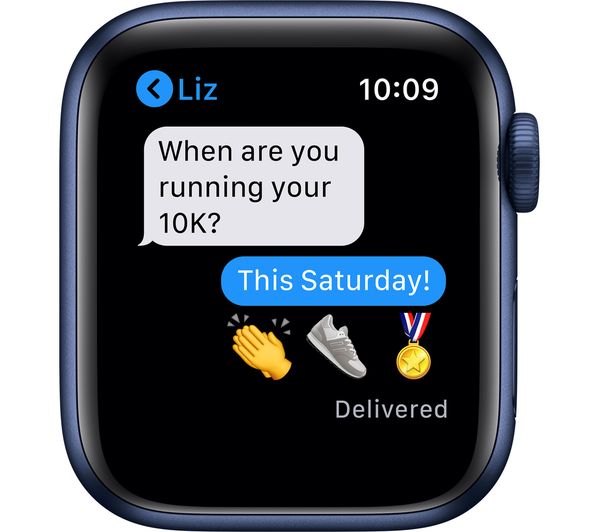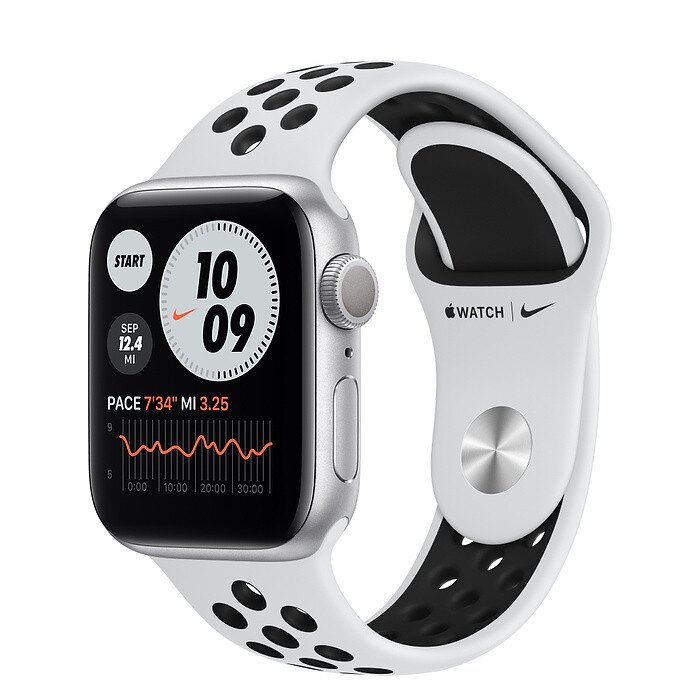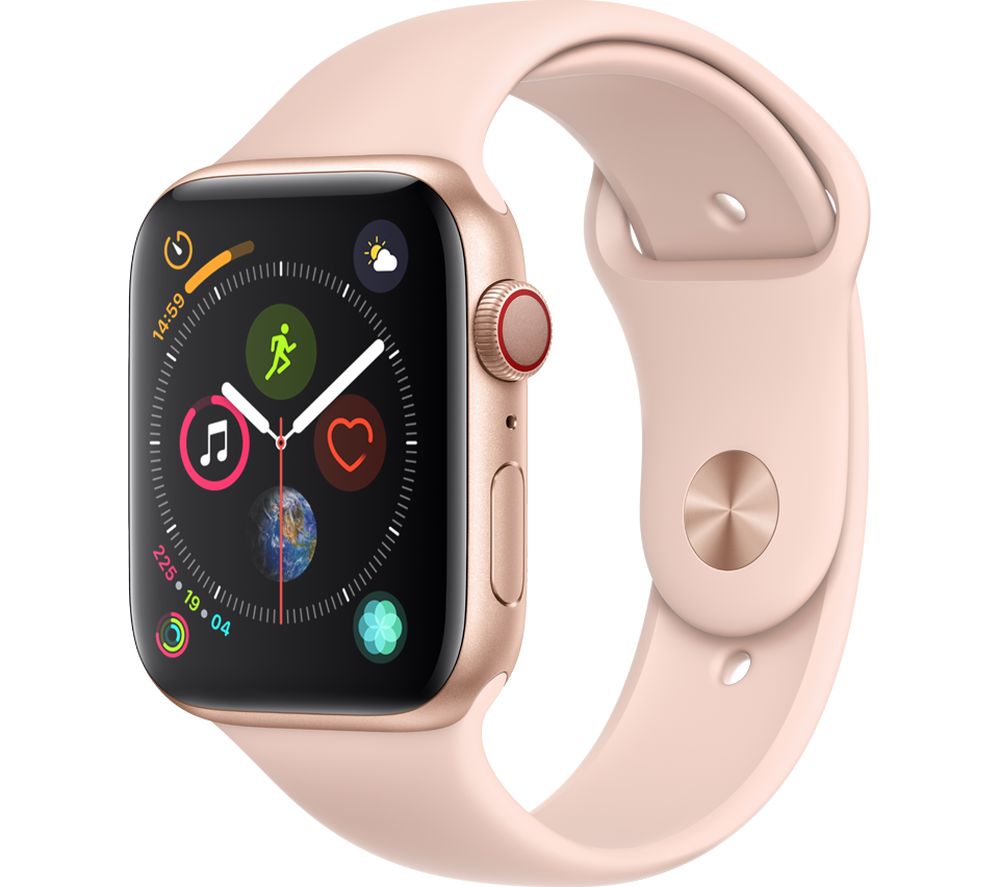If you select theself-deploying mode, this only has to be completed one time. After that, every additional Autopilot-enabled device you purchase for your business will automatically be configured to your specifications, so there's no need for manual onboarding. New users can simply unpack their laptops or desktops and start working. Additionally, you can create different profiles for the same devices, which is ideal if multiple workers use the same computer, and users can also access their desktops remotely from offsite or non-work machines. These are the core differences in Windows 11 Home vs Pro editions. As we've mentioned, most of them revolve around features meant for business users.
Some are designed to protect especially sensitive information, while others have to do with quickly setting up devices for users and managing them remotely. For the average person walking into a store, you're probably going to be just fine with Windows 11 Home. The odds are if you need Windows 11 Pro, you already know you need it and why. New releases of Windows 10, called feature updates, are released twice a year as a free update for existing Windows 10 users. Each feature update contains new features and other changes to the operating system. The pace at which a system receives feature updates is dependent on the release branch from which the system downloads its updates.
Windows 10 Pro, Enterprise and Education could optionally use a branch, which is defunct since version 1903, that received updates at a slower pace. These modes could be managed through system settings, Windows Server Update Services , Windows Update for Business, Group Policy or through mobile device management systems such as Microsoft Intune. Windows 10 Enterprise gives IT departments more freedom to manage security on their own terms. Homeis the standard version of windows 10, the baseline package considered for the individual user primarily using windows at home or for take-home schoolwork. This version contains all the features that Microsoft aims at the wide consumer market, such as the Cortana Voice Assistant(Like Apple's SIRI), Outlook, One note, and Microsoft Edge. Home is still compatible with the windows insider program, but it does limit the security and group management services that other versions of windows have access to.
These include key management and deployment-related features such as the management of group policies, mobile device management, enterprise roaming with active directory and dynamic provisioning. Core security-related features such as device encryption, BitLocker, and Trusted Boot are supported in both versions. Before selecting a Windows 10 edition, the first step in any migration plan is an assessment of your IT environment. With Lakeside Software's SysTrack, you can quickly and accurately collect data on your users' PC environment to better inform your Windows 10 migration plan. This allows enterprises to determine the necessary costs and scheduling of the migration process.
Windows 11 Pro has everything the Home version has, while also adding a few additional features, mostly serving professional environments. One of the most notable ones is BitLocker, which is a full volume encryption tool that can encrypt your drive volume using 128-bit or 256-bit AES encryption and your computer's TPM. Hyper-V is a Windows-only hypervisor used for running virtual machines on CPUs that support virtualization. While Hyper-V is included with your Windows 10 Pro license, it needs to be downloaded and installed separately. Hyper-V is a unique, Windows-exclusive hypervisor that is used to run virtual machines on specific CPUs that support virtualization. A VM , for lack of a better definition, is a software computer that provides the exact same functionality as your physical computer.
It can run applications and operating systems like a physical PC but is ran as a software package on your physical PC. This is ideal for people wanting to perform unique tasks that can be seen as risky for your physical computer. They're also put into practice when testing operating systems and viewing virus-infected data. The Home version will suffice for majority of the individuals using Windows at home. The Pro focuses entirely on security and compatibility, and ease of use. It replaced Microsoft Virtual PC to efficiently create virtual machines on Windows 10.
It is a native hypervisor which allows you to run multiple operating systems using virtual machines on Windows. Virtualization is a significant update to the Pro users who may need to run multiple operating systems without dedicating physical hardware to each of their machines. Hyper-V virtualization technology is limited to Pro users only. If you're concerned about security and want to protect your data from intruders, or you're coming from MacOS and want something comparable to Apple's Filevault, you'll want to spend the extra money on Pro.
Bitlocker provides full disk encryption so you can keep your data safe from hackers. The latest iteration of Bitlocker also allows for the encryption of individual files for more flexibility than the all-or-nothing approach of previous versions. Again, other software can accomplish similar encryption, but it's not built into the OS. Be sure to get an SSD that supports the necessary hardware acceleration for Bitlocker if you don't want to lose performance.
Windows 10 is the latest operating system from Microsoft. It's compatible with all desktop PCs and laptops and comes on a handy USB stick for easy installation. If you're more familiar with earlier Windows operating systems, you'll be glad to see the return of the start button and menu. Of course, the bulk of the differences between Home and Pro editions of Windows 11 are for businesses. Most device management capabilities aren't available in Windows 11 Home at all.
Windows 11 Pro, however, supports things like Group Policy, which lets IT admins configure certain policies for groups of devices in one go. There's also Windows Update for Business, which lets companies control how updates are rolled out to their users to avoid unexpected issues. Meanwhile, Windows 11 Pro supports all of these features. Hyper-V is a virtualization tool built into Windows, which means you can create virtual machines with it.
If you want to try a different operating system, or use an older version of Windows for some reason, you can do it using Hyper-V. Virtual machines don't make changes to your host PC, so you can do it all risk-free. Again, there are third-party apps such as VMware Workstation Player that let you do this on Home editions. As you may know, every major version of Windows comes in a few different editions. The same applies to Windows 11, which has mostly the same editions as Windows 10 aside from the upcoming Windows 11 SE for education.
For most people though, it's going to come down to Home and Pro. These are the two editions you'll be able to find in stores or pre-installed on computers. If you're looking for a comparison of Windows 11 Home vs Windows 11 Pro, we've rounded up all the major differences here. In today's increasingly mobile business environments, improper use of mobile devices often leads to costly security incidents. Central management of enterprise mobile devices is crucial in subverting these security incidents. MDM is able to monitor all enterprise mobile devices at once, analyze usage data for individual users, and apply appropriate security policies.
The idea is Windows 10 S won't slow down after 6-12 months of use. You could make the argument that a Windows 10 Home or Windows 10 Pro machine does, in fact, slow down over time, due to installing and uninstalling lots of apps and games. Some of those programs may add themselves to your startup folder, slowing down login times.
You may also find that some programs change up the registry quite a bit, which can also slow down your PC over time too. Azure active directory is a cloud-based management service that helps employees sign-in to specific profiles and resources. It gives the employees the ability to access Office, the Azure portal, and thousands of other SaaS applications.
It's a great tool for IT admins as it allows you to control user's access to apps and resources based on your business requirements. It allows you to set individual profiles with specified levels of access to individual resources within the business. The professional version of Windows 10 includes many extra features designed for businesses. It has virtually everything offered by Windows Home, plus additional security and management services. This version of Windows 10 is typically purchased in bulk by companies or schools, though you can configure desktops and laptops to include it versus using Home. Microsoft has offered a Pro version of Windows since the XP days, bringing with it additional features for power users that Home doesn't offer.
Here's a breakdown of the most useful features that you get with Windows 10 Pro, as well as free alternatives, when applicable. As familiar as Windows 11 might be, there's still a lot that's changed. Your favorite multitasking functions get upgraded with new Snap Layouts, and virtual desktops are getting better with more flexibility and features.
Apple has posed a threat to the Windows ecosystem by introducing Mac computers that run its own Arm-based M1 chips, which boast more impressive battery life than Intel-based PCs. Microsoft and other PC makers have come out with Arm-based Windows 10 computers, but software compatibility issues have made the machines hard for reviewers to recommend. It has Windows Defender Antivirus software, Windows Hello biometric logins that use face or fingerprint authentication, and rudimentary device encryption to minimize data breaches. Those with multiple Windows devices will also love the mobile device management app, which allows them to track and control app usage for connected smartphones and tablets. As business users often deal with especially sensitive information, there are also some extra security features in Windows 11 Pro.
This feature encrypts data stored on your hard drive so no one else can access it. Even if your computer is stolen, your files are protected from users other than yourself. Another difference that will be noticeable for business users is that Windows 11 Home PCs can't be joined to Active Directory. Active Directory solutions are necessary for managing business devices, such as configuring access to certain resources, deploying apps, and so on.
That also includes Windows 11 features like Group Policy. Those are all professional tools, so they don't make sense for most Windows 11 Home users. In addition to small and medium businesses, Windows 10 Pro devices would be a good choice for organizations supporting CYOD programs. The reasoning is that RDP is meant to assist business professionals who find themselves working remotely from time to time.
It creates a secure connection between work and home computers that allows the user to access files, programs, and other sensitive material. This isn't a particularly useful feature for those just looking to game, and there are plenty of free or low-cost options available with similar functionality if you need it. Windows Server is an operating system that is designed to run on servers and service networked applications.
It includes technology that was inspired from their experiences in the public cloud. When compared to earlier Microsoft products, Windows Server 2016 is greatly improved in terms of its security, software-defined infrastructure, and technologies. It enables developers to build modern microservice-based applications in the cloud or on premises. Several features in Windows 10 Professional are aimed squarely at the business market. Domain join, for example, allows you to bring in your own PC and connect it to the office domain.
Group policy management allows an IT admin to control which PCs do what. And if you're running an ancient Web app at work that doesn't work with Edgeor Internet Explorer 11, the Enterprise Mode Internet Explorer allows you to drop into an Internet Explorer 8 mode inside your browser. Likewise, if your business needs specialized enterprise apps, an admin can lock down the Windows Store to make sure employees get those, and nothing else. There's also the ability to join Azure Active Directory, with single sign-on capabilities. The ProfessionalEdition of windows 10, as you may have guessed, includes many extra features designed for businesses.
It has basically everything offered by Windows Home, plus extra security and management services. This version of windows 10 is typically purchased in bulk by companies or schools, although sole proprietors and freelancers may also be interested in buying it. Virtualization is so important that modern CPUs have special features built into them to make virtualization faster and more efficient. The thing is, the software you use for virtualization needs to be aware of those features to use them.
Windows 10 Professional has virtualization technology built in, so those who need to run virtual machines can take advantage of their fancy professional CPUs. Considering that businesses are usually targeted by cybercriminals, Pro offers more robust security than Home. Microsoft has said the new OS will include performance improvements, including faster logins with Windows Hello, faster web browsing and faster wake from sleep mode. Windows Hello is a biometrics-based technology that lets Windows 10 users authenticate secure access to their devices, apps and networks with iris scans, facial recognition or fingerprints. But most people don't even know that a "startup" folder exists, let alone the fact that programs can slow down your machine over time. With the release of Windows 10, Microsoft has started providing two feature updates per year, along with monthly quality updates.
Here, the Remond-based company doesn't differentiate between the editions and offers free Windows Updates for both Home and Pro users. Aside from the above features, there are some other differences between the two versions of Windows. Windows 10 Home supports a maximum of 128GB of RAM, while Pro supports a whopping 2TB. However, unless you're running dozens of virtual machines, you're not going to exceed the memory limits of Home any time soon. One of the best things about windows 10 is its ability to transform itself from a touch-focused platform easily. Microsoft calls that feature "Continuum," because of the smooth transition between different work environments.
It's really meant for multi-function computers like the surface, which can be both tablet and laptop depending on which accessories are connected. But it could also be useful if you want to connect a keyboard and mouse to your Windows 10 tablet. The tablet mode simplifies the taskbar, makes every application full-screen and enables a windows 8-style start screen. Windows 10 can automatically switch interfaces when it detects your keyboard has been removed, or you can choose to make the swap manually from the settings menu. There are lots of different uses for virtual machines, but it's common to have dozens or hundreds of virtual servers running on large data center computers these days. The same goes for professional workstations, which may use virtual machines for various specialized purposes.
There are a couple of other enhanced management features aimed at helping management and deployment. Microsoft User Environment Virtualization-related capability supports the migration of virtual devices using the existing OS settings. One important feature is DirectAccess, which permits remote users to access internal networks over a VPN-like system that establishes a bidirectional Internet connection.
Enterprise also includes AppLocker, which permits administrators to restrict app access on mobile devices. This feature is particularly useful for companies with regards to meeting their device management and IT infrastructure management requirements. Windows Sandbox is an extension of this idea, but instead of running other operating systems, it just creates a clean copy of the OS you're running. With Windows Sandbox, you can quickly install and try a potentially risky app and see if it's dangerous before actually installing it on your machine.
Windows Sandbox resets every time you open it, so it's always a fresh start for testing. But for everyone else, especially those who simply need an OS for gaming, it's just a bunch of unnecessary features packaged within the ability to handle additional RAM that you'll never use. If you don't end up buying a new PC or getting a free upgrade from a supported device, you'll have to pay $119 for a Windows 10 Home license or $199 for the Pro version.
It's a pretty substantial price difference that may make you think twice about choosing Pro if you don't have a use for its additional features. Microsoft has offered Pro versions of their OS since Windows XP. Similar to every other Pro model, the Windows 10 version is designed with business professionals in mind. It includes the core Windows 10 Home OS, but with a handful of additional security, productivity, and business management features. Through the above instruction, you know the extra features in Windows 10 Pro are really designed for businesses. The benefits of the Pro version focus on security and compatibility.
